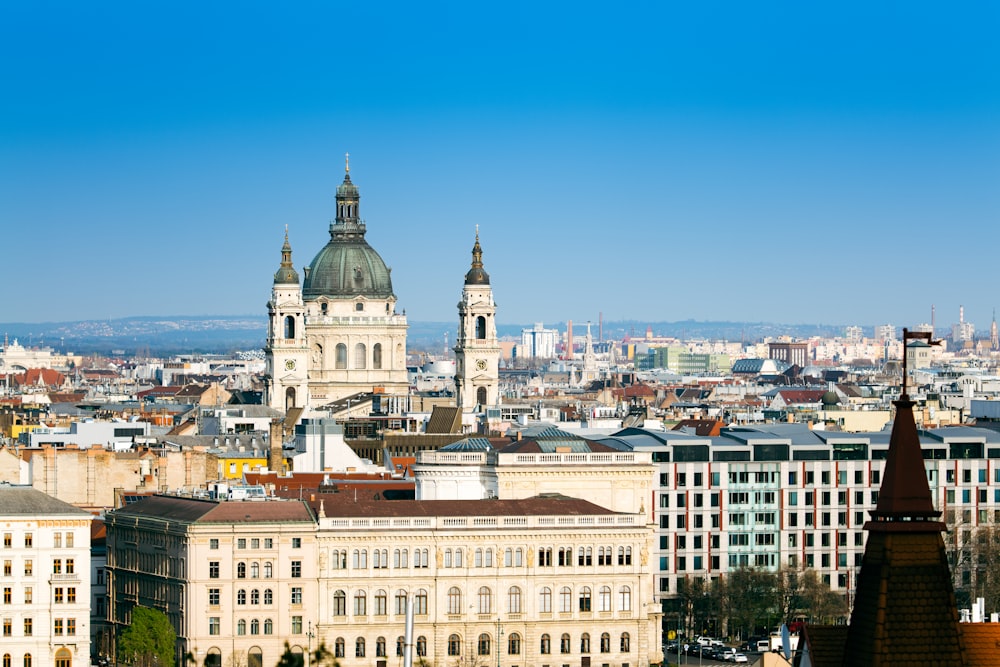Subheading: Rome’s Architectural Legacy
The city of Rome is a treasure trove of architectural wonders, boasting a rich tapestry of history and culture woven into its iconic buildings and structures. From ancient temples to Renaissance palaces, Rome’s architectural legacy spans millennia, leaving an indelible mark on the world of art and design.
Subheading: Ancient Marvels: The Legacy of Rome’s Empire
At the heart of Rome’s architectural marvels are the remnants of its once-mighty empire. The Colosseum, an iconic symbol of Roman engineering prowess, stands as a testament to the grandeur and spectacle of ancient Rome. Its massive amphitheater once hosted gladiatorial contests, chariot races, and other public spectacles, drawing crowds from across the empire.
Subheading: Architectural Triumphs: The Pantheon and Its Legacy
Another jewel in Rome’s architectural crown is the Pantheon, a marvel of ancient engineering and design. Built in the 2nd century AD, the Pantheon’s massive dome and soaring columns continue to inspire awe and admiration. Its enduring legacy as one of the best-preserved ancient Roman buildings speaks to the skill and ingenuity of its architects.
Subheading: Renaissance Splendor: Rome’s Palaces and Churches
The Renaissance period brought a new wave of architectural innovation to Rome, as wealthy patrons and powerful popes commissioned palaces and churches that rivaled the grandeur of ancient Rome. The Vatican Palace, home to the pope, and St. Peter’s Basilica, the largest church in the world, are just two examples of the opulent architecture that emerged during this period.
Subheading: Baroque Beauty: Rome’s Fountains and Squares
In the Baroque era, Rome became a playground for architects and artists seeking to create works of beauty and grandeur. The city’s fountains and squares became showcases for Baroque art and architecture, with masterpieces such as the Trevi Fountain and the Spanish Steps drawing visitors from far and wide.
Subheading: Modern Marvels: Rome’s Contemporary Architecture
Even in modern times, Rome continues to evolve and adapt, with contemporary architects adding their own contributions to the city’s architectural landscape. The MAXXI Museum, designed by Zaha Hadid, and the Auditorium Parco della Musica, by Renzo Piano, are just two examples of the innovative and forward-thinking architecture that can be found in Rome today.
Subheading: Preservation and Conservation Efforts
Preserving Rome’s architectural heritage is a constant challenge, as the city grapples with the pressures of urbanization and tourism. Organizations such as Roma Sotterranea and the Vatican Museums work tirelessly to protect and conserve Rome’s historic buildings and monuments, ensuring that future generations will be able to marvel at their beauty and significance.
Subheading: A Living Legacy
Rome’s architectural legacy is not just a relic of the past; it is a living, breathing testament to the city’s enduring spirit and resilience. As Rome continues to grow and evolve, its iconic buildings and structures serve as reminders of the city’s rich history and cultural heritage, inspiring awe and admiration in all who behold them. Read more about roman architecture buildings

